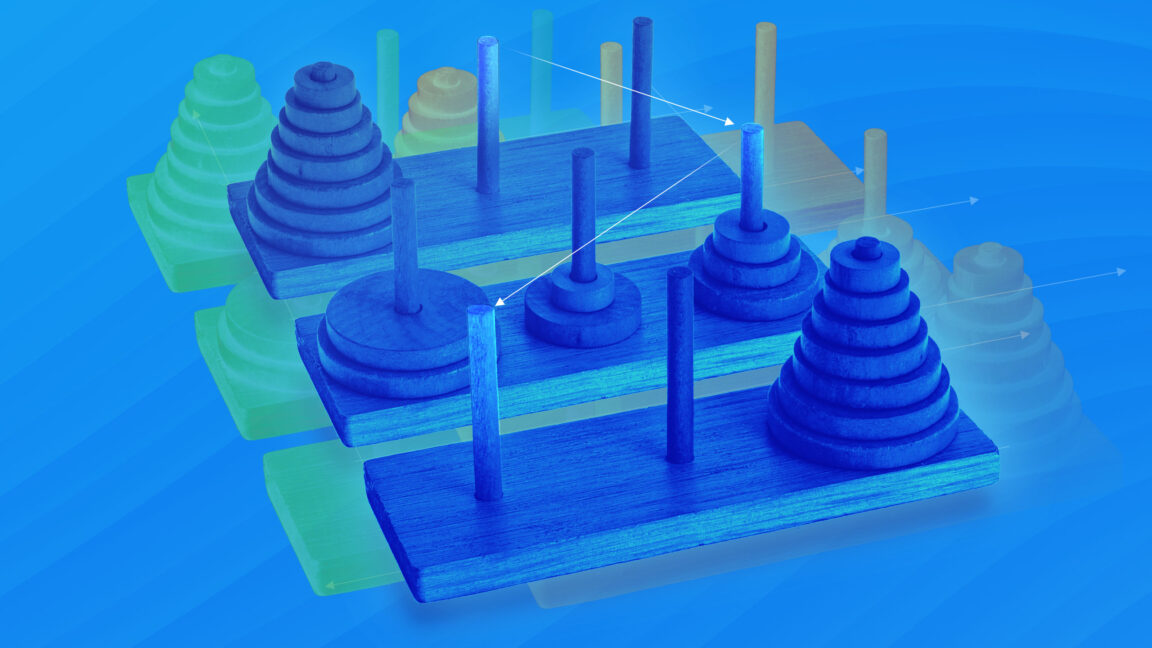Behold, the piping host particles of solar wind streaming from our Sun, caught in new footage from the ESA/NASA Solar Orbiter.
The video was captured by the orbiter’s Metis instrument, a coronagraph which blocks light directly from the Sun in order to see fainter phenomena in its outer atmosphere, or corona. New research describing the observations was published today in The Astrophysical Journal.
“In this paper, we present observations by Metis during its perihelion passage of a striking helical radial structure that extended from 1.5 to 3 [solar radii] and lasted for more than 3 hr,” the team wrote. “To the best of our knowledge, these observations are unique, in that they appear to show directly the long-duration outflow of Alfvénic solar wind into the heliosphere.”
The solar radius is 432,690 miles (696,347 kilometers), so the structure described by the team extended as far as 1,298,070 miles (2,089,041 kilometers)—it’s a pretty large structure!
The video was taken by Metis on October 12, 2022. Metis is the only instrument capable of seeing such subtle features of the solar wind, according an ESA release. The Solar Orbiter regularly catches quirks of the Sun’s extreme physics; just last month, the spacecraft witnessed (and recorded) tiny jets produced near the Sun’s South Pole.
Solar wind is constantly hitting Earth, with particles sometimes kickstarting aurorae in our planet’s skies. But Metis’ unique capabilities allow researchers to study the solar wind at its source, shedding light not just on the wind but also on the Sun’s inner corona, which produces the particles.
The current plan is to keep Solar Orbiter operational through 2026, though the mission could be extended until 2030. We’ll almost certainly have more remarkably intimate looks into our host star before then.







 English (US) ·
English (US) ·